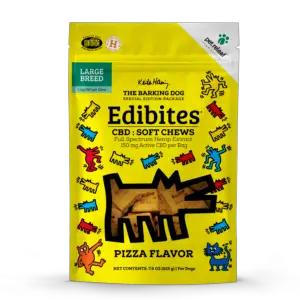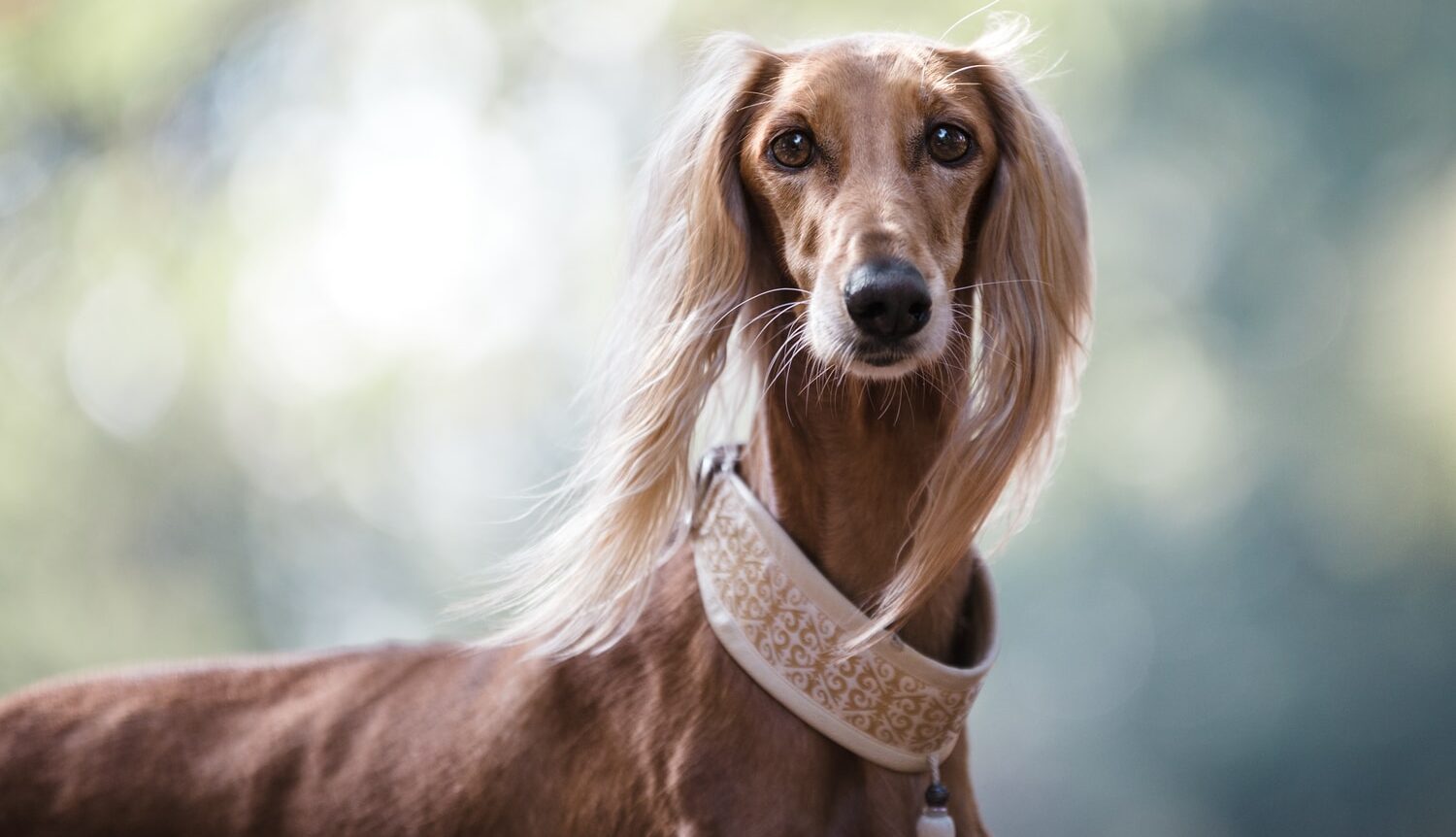
Key points
- Dogs can become underweight for various reasons, including excessive exercise, parasite infestations, various health issues, and poor-quality food.
- It’s essential to bring your underweight dog to a vet for a thorough examination and health assessment. The professional will develop a diet and exercise plan that will help your dog fatten up.
- When trying to help your dog gain weight, it’s crucial to increase the number of meals the pet eats every day, choose nutrient-dense, high-quality pet food, provide the pet with plenty of exercise for building muscle, and make it comfortable in your home both physically and psychologically.
Being too thin is not a common issue for dogs, and it’s rather hard to find good information about canine malnutrition. If you have ever wondered if your dog looks too skinny, how many calories your pet needs to eat, and how you can help the pet gain weight, this article is for you!
Table of Contents
Malnutrition In Dogs
How can I tell if my dog is too thin?
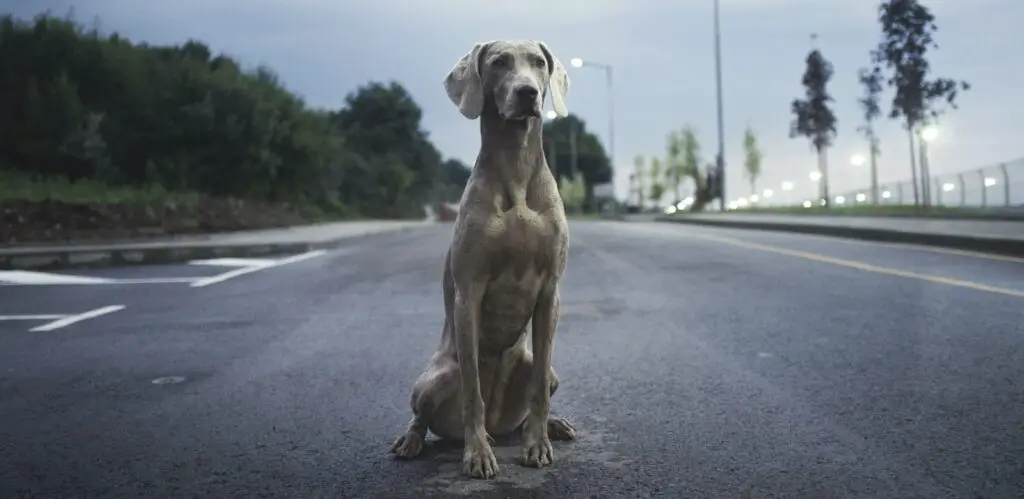
If a dog loses more than 10 percent of its normal body weight, a vet can diagnose it with malnutrition, which means the pet can’t receive or absorb nutrients properly. The most visible sign of malnutrition is when the animal’s bones, particularly its ribs and hips, become too visible. Other symptoms of malnutrition can include lethargy, skin disease, and dehydration. There are many reasons why a dog may become malnourished, but the most common ones include a lack of access to food or poor quality of food or medical conditions that cause a lack of appetite.
If you suspect that your dog is malnourished, there are two main things you need to do: consult with a vet and help your dog gain weight safely, as the primary goal of fattening up your dog is to build muscles with exercise while maintaining a healthy diet. This can help improve your pet’s joint function and mobility and positively affect your dog’s health overall. The biggest mistake you can make is to overfeed your pet. Underweight dogs’ stomachs are more vulnerable and can’t handle too much food at once.
Reasons for canine malnutrition
The reasons why your pet has become malnourished can vary, but it mainly occurs as a result of different health conditions and insufficient food consumption. Malnourishment can also occur when a pet is fed a poorly planned homemade diet or low-quality commercial kibble for a long time. Excessive amounts of exercise and some intestinal and skin parasites can also cause your dog to become underweight.
How To Bulk Up Your Dog?
Visit your vet
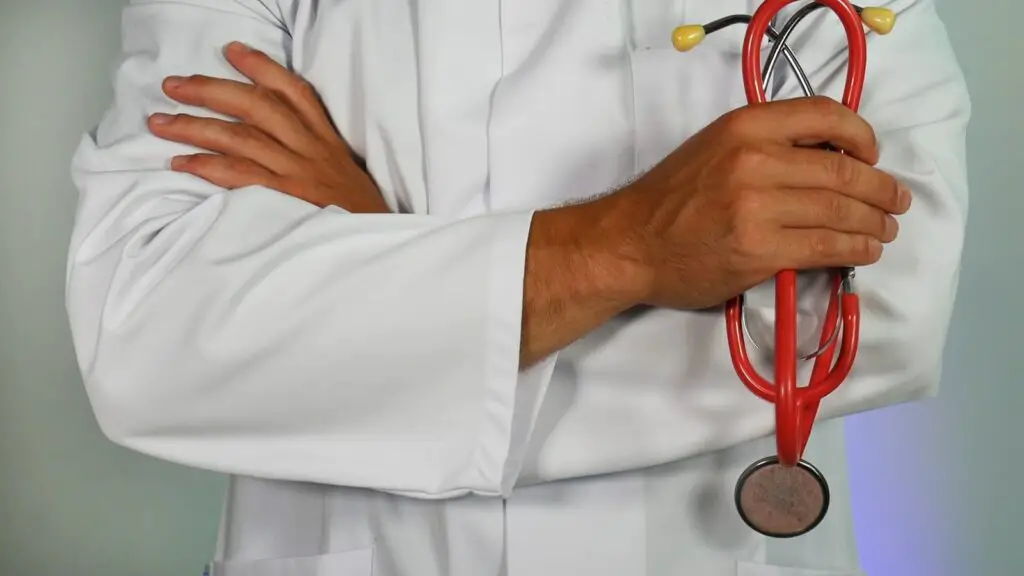
Any pet diet changes should be based on your vet’s advice and the results of tests they run to evaluate your dog’s condition. The goal is to take one step at a time and be patient in order to get your dog to a healthy weight properly. The vet will monitor the dog’s response to the new diet and keep an eye out for any new health problems and changes in the pet’s condition.
Feed your dog more frequently
Instead of rushing to add extra calories and extra fat to your dog’s diet, try feeding it another meal during the day. The best solution is to provide your pet small meals every 6 hours, so your dog eats four times per day and eats healthy snacks between meals. This is the most comfortable and healthy way for your dog to gain weight.

Take things slowly, as you don’t want to make your dog feel stressed. You should also remember that sudden weight gain can put extra pressure on the pet’s joints and even cause significant damage, so it’s crucial that your pet gains weight slowly. Giving your dog an extra meal instead of increasing the size of its regular meals will also help prevent indigestion and nausea. However, if your dog refuses to eat at all, you will be forced to syringe feed it.
Track dog’s weight gain progress
Remember that the weight gain progress should be slow and gradual. Make sure you know what to pay attention to. When examining your pet, it’s essential to feel the dog’s hips and ribs on the sides and from above. The changes may be minimal, but you can still notice them.
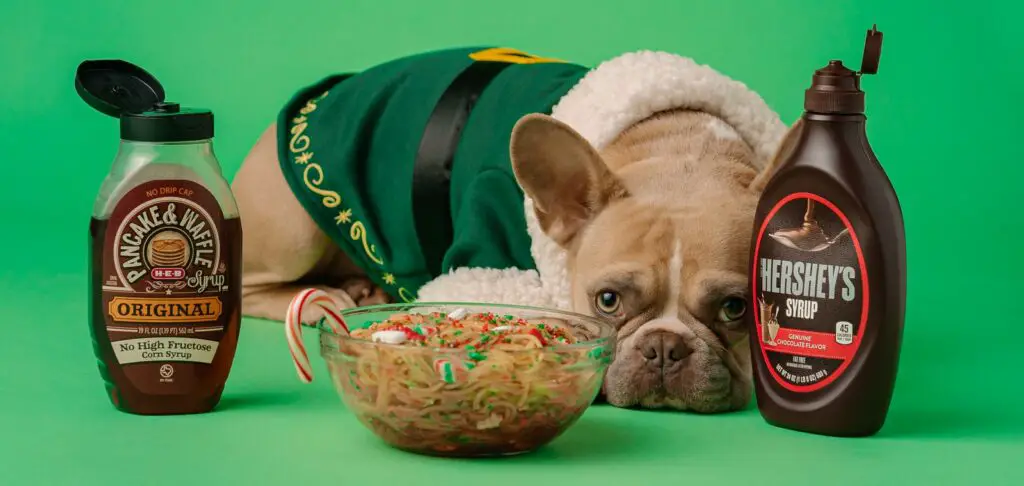
As your dog gains weight, its bones should become less pronounced, and you should notice healthy muscle gain as evidenced by bulking around the shoulders, chest, and ribs. Your dog should also have more energy, especially during the day.
Remember that the speed with which these changes occur depends on your pet’s breed, weight, and health condition, so it’s very individual. However, if your dog doesn’t gain any weight at all, ask your vet to reconsider its diet and exercise plan or add extra calories to the dog’s daily meals.
Make your dog comfortable

Underweight dogs experience problems with circulation and have trouble maintaining body temperature just like people, so they require warmer environments than healthy dogs. If the temperature in your home is even slightly lower than usual, your dog will shiver in an attempt to burn calories and warm up. So it’s essential to make your dog psychologically comfortable and provide a cozy and warm environment.
Switch to a quality pet food
There are many weight gain pet foods available on the market, but the best dog food for weight gain is the one that has a high amount of protein and fat, but a small percentage of carbs. You also shouldn’t feed your pet a diet that’s too fatty, as excess fat in the diet can cause digestive issues and put significant stress on the pancreas.
If you feed your dog homemade food, try adding more meat or a raw egg to its meals to increase the amount of protein and promote muscle gain. You can also give the dog vegetables and fruits either as part of meals or as a snack.
If your dog eats kibble, you can simply give it an extra cup of protein-rich food in between its regular meals. Once you calculate your dog’s ideal weight and daily calorie intake, give the pet 25% of its daily food allotment on the first day and then gradually increase the amount of food during the next 10 days. Watch how much water your pet consumes as well because dehydration is very common in malnourished dogs. Keep in mind that losing even 15 percent water from the body could be fatal to a dog.
Choose nutrient-dense pet food
You need to monitor not only how much your dog eats but also what exactly you feed it. The best option is to increase protein and fat and reduce the amount of carbs in your canine’s diet. You can also use weight gain supplements that will enrich your dog’s diet with vitamins and minerals, such as potassium, phosphate, magnesium, omega-3 fatty acids. These supplements will help the pet gain weight properly without increasing the percentage of fat in the body.

Your vet may also recommend adding probiotic supplements that will improve your dog’s digestion. Breakfast is the most important meal, so it is crucial to feed your dog a meal that’s high in protein but also contains some carbohydrates. As for snacks, the best options are chicken, beef, and cheese, which are high both in protein and fat.
Stick to a proper exercise plan for your dog
Combining a healthy diet and regular exercise will help your dog gain weight and build muscle successfully. Keep in mind that the goal of the exercise is not to burn calories but rather to keep your pet healthy, improve its appetite, and let its body recover and build up a healthy muscle mass. Don’t run with your underweight dog, and don’t subject it to too much exercise. Instead, start with low-impact workouts and slowly make them more intensive.
FAQ
What can I give my dog to put on weight?
The best way to help your pet gain weight is to increase the amount of protein and fat and reduce the amount of carbohydrates in your canine’s diet. You should also try adding an extra meal during the day instead of increasing your dog’s regular meals.
Why is my dog so skinny even though he eats?
Many things can cause dogs to be underweight, including endocrine disorders, digestive disorders such as malabsorption syndrome, intestinal parasites, metabolic disorders, or malnutrition. However, keep in mind that healthy dogs are quite skinny, and if your dog is at its ideal weight, you should be able to feel its ribs through the skin.
How much should you feed an underweight dog?
Your underweight dog should eat the same amount of calories as what a dog with normal weight would consume. It’s better to give your pet smaller meals every six hours instead of feeding it two large meals.
Are raw eggs good for dogs?
Eggs are a good source of fatty acids, vitamins, minerals, and protein, so you should definitely add them to your dog’s meal. But it’s best to cook the eggs first.
What causes dogs to be underweight?
Dogs may become underweight if they experience excessive exercise, have picky eating habits, or suffer from parasite infestations. Dogs can also experience malnutrition if they don’t have access to enough food or if they are fed a diet low in nutrients for a long time.

